Affiliate links on Android Authority may earn us a commission. Learn more.
Galaxy S6 Edge review follow-up: three months later
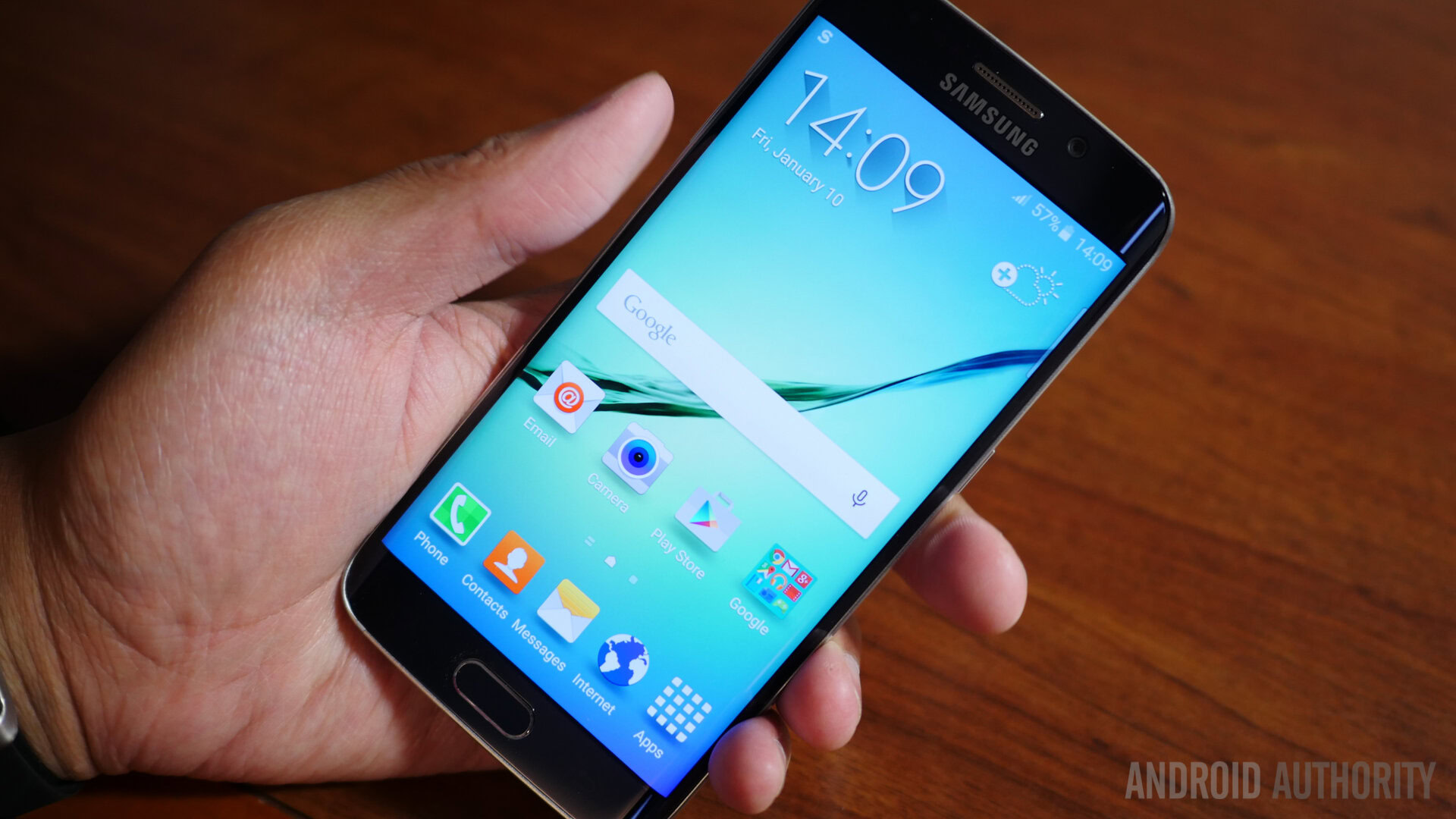
One of the breakout devices this year is the Galaxy S6 Edge, which bought the world’s first dual-curved smartphone screen in a package that appealed to millions of people. Announced alongside the Galaxy S6, Samsung’s “true flagship” bought a new era in design for the Korean manufacturer and while it was thought that the Galaxy S6 would be the most popular, customers turned to the unique and more expensive Galaxy S6 Edge instead.
The handset was released in April this year and in our review, we rated the handset 9.0 (out of 10), with Lanh saying that “the Galaxy S6 Edge is the beautiful result of Samsung’s newfound identity”.
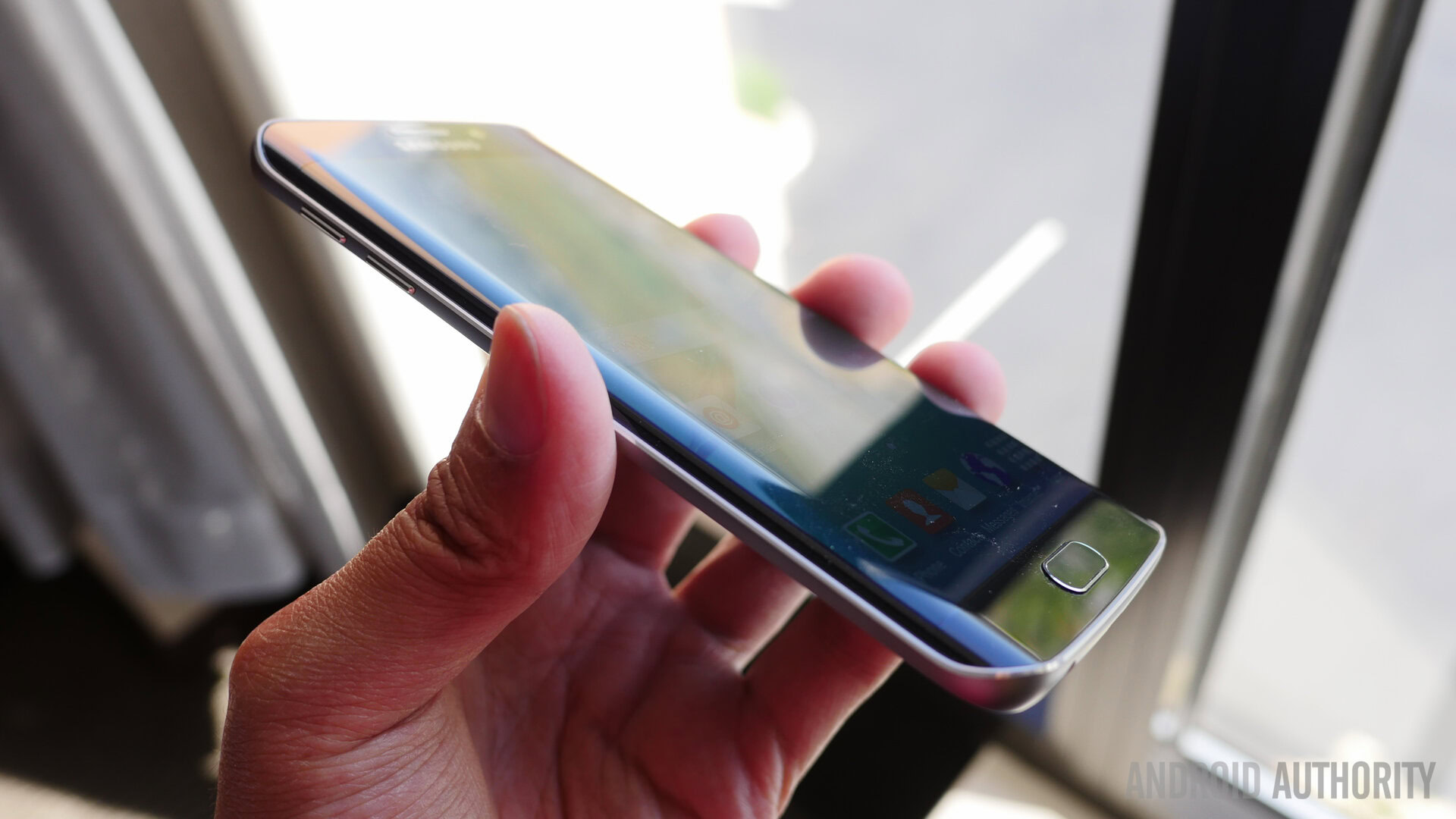
Our initial impressions were certainly very positive, but having spent three months with the handset, does it continue to live up to its lofty review score? One of the biggest problems with all smartphones is the eventual slowdown in performance as usage increases, but how has the Galaxy S6 Edge fared in three and a half months of use? Let’s find out.
Hardware
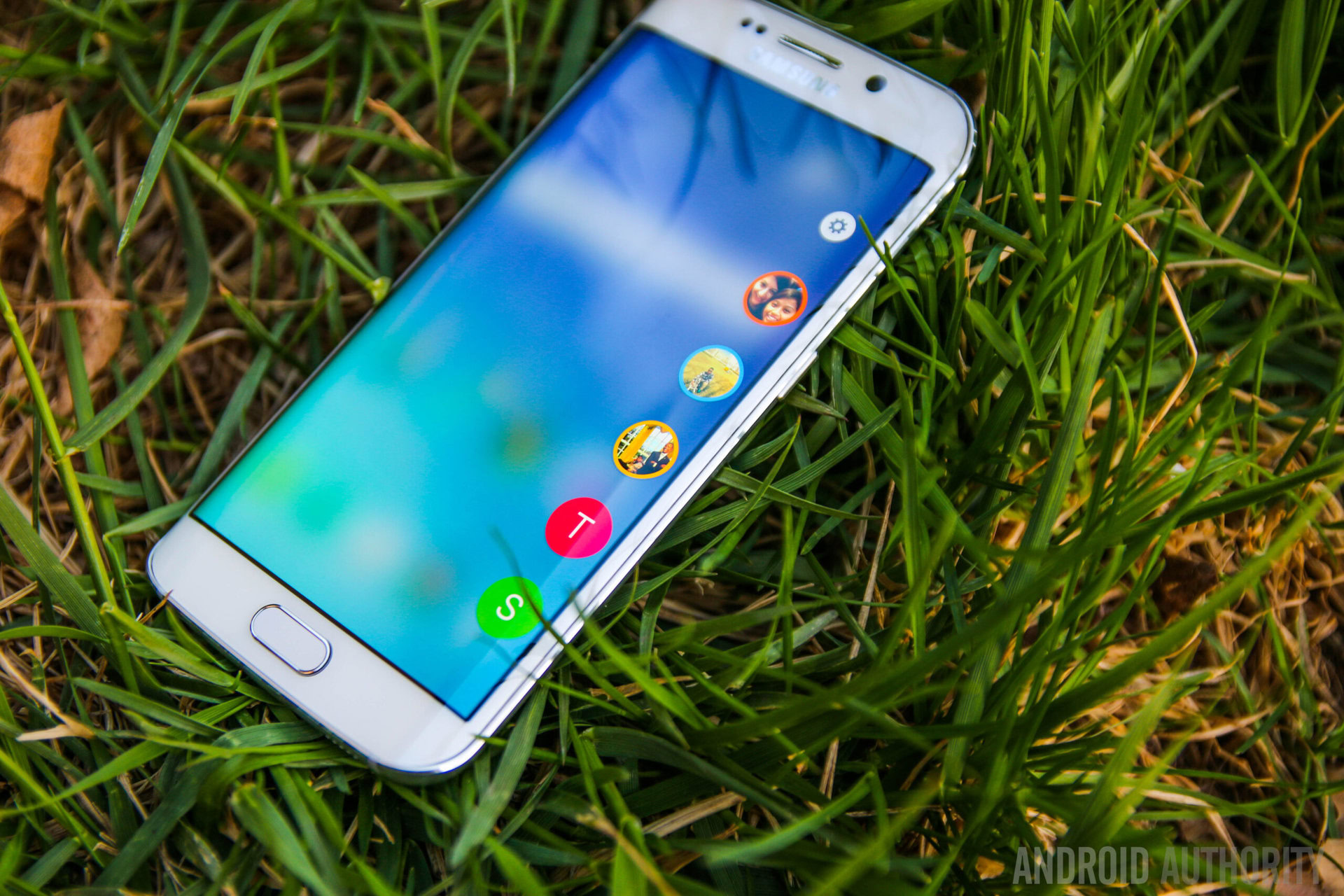
Curved displays on smartphones are certainly not unique but the Galaxy S6 Edge is, simply because it has the dual-curved display that rights one of the biggest issues with the Galaxy Note Edge: the curved display could only be seen when held in the left hand.
Samsung’s new design strategy certainly delivered a compelling flagship smartphone and like many users, I was sold on buying one as soon as they announced the handset. For me, the appeal of the dual curved display was two-fold: first, the handset stands out and second, I was hoping for some useful functionality in the edge screen.
Three months on, the curved edge still retains its appeal, but aside from the aesthetic appeal, I don’t actually use the Edge Screen features. The few times the Edge Screen has been activated – aside from the night clock which activated every night automatically – it has been by accidentally swiping the edged screen.
Aside from the curved display, there’s very little that sets the S6 Edge apart from its non-curved namesake. Some of Samsung’s hardware decisions still remain peculiar (as they can’t be fixed), but on the whole, the hardware is premium and definitely worthy of a flagship device.
The display itself remains one of the best on a smartphone display and although I’ve used most flagships released this year – including the LG G4 which has a Quantum Display – the oversaturated colours on the S6 Edge display provide a more emphatic experience.
The curved edge on the display of the S6 Edge can be a little jarring – especially when recording a video while panning or watching a film as the image wraps over the edge of the display – and the regular S6 is much better in this regard.
The back of the Galaxy S6 Edge is made from glass, which is both a blessing and a curse: the glass finish makes the handset more premium than past Galaxy flagships but also means the handset is susceptible to overheating. I’ve found the handset overheats quite often and while it’s not usually too hot to touch, it can be unbearable when charging and using simultaneously.
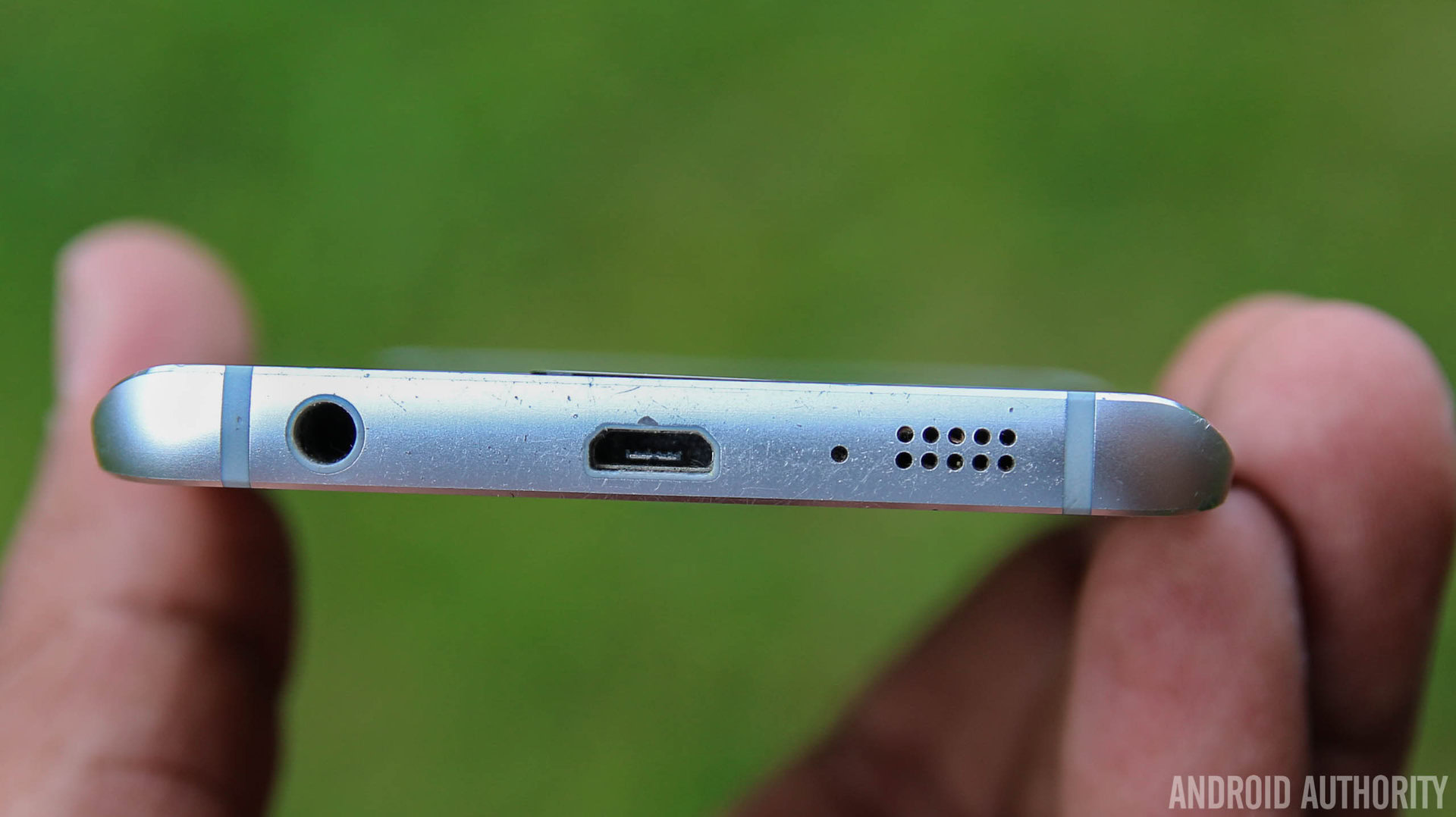
One surprising thing about the glass finish is that despite appearing to be fragile, my S6 Edge has survived several drops. When I used the original Galaxy S6, a few choice unintentional drops to concrete or stone floors resulted in significant damage in the body work, but the Galaxy S6 Edge seems to hold up remarkably well. Corning Gorilla Glass 4 provides significant protection and aside from a few scratches and a small chip in the bezel, the Galaxy S6 is mostly free of harm.
Cameras are definitely an important feature on modern flagships and the Galaxy S6 Edge is no different with the 16MP camera proving to be one of the best all rounders on the market. Having used most flagships over the past year, I have a fair reference point and for me, the S6 Edge still has the best smartphone camera, although the LG G4 comes very close. For the past few days I was visiting Vienna, Austria and the Galaxy S6 Edge took all my photos; apart from a few noisy low light shots, the results were very impressive.
Three months on and the Galaxy S6 Edge hardware has mostly lived up to its initial appeal but emotion towards hardware doesn’t change too often during the first few months with a handset. The real changes are seen in the handset’s software and performance, as usage of the features changes and software updates tweak parts of the experience.
Software
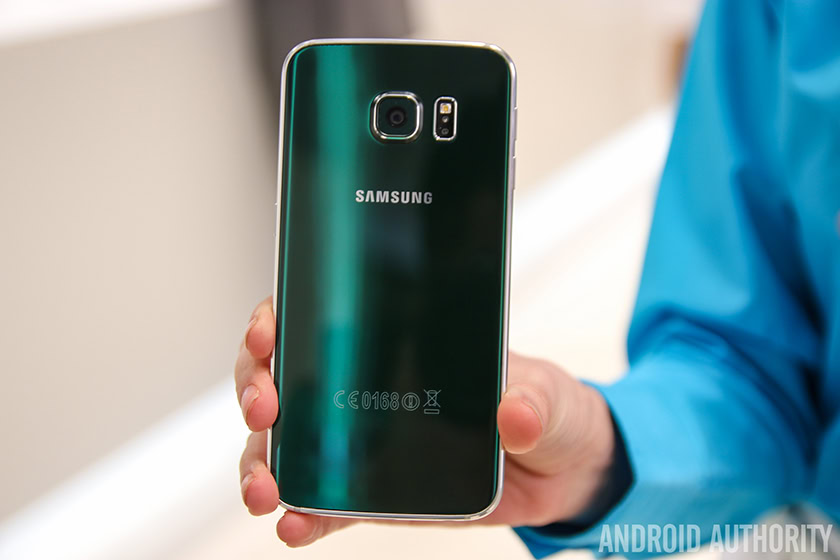
Aside from the design changes, the other big philosophy change in both the Galaxy S6 and the Galaxy S6 Edge is Samsung’s TouchWiz UX. Looking back to last year, the Galaxy S5 had one of the worst software experiences on a Samsung smartphone for many years thanks to loads of bloatware that couldn’t be uninstalled, but this year’s flagships changed that.
With the latest TouchWiz UX, we saw Samsung adopt the motto that “less is more” and as a result, there are just a handful of preloaded apps and all of these (including the entire Google suite of apps) can be disabled to prevent them from running in the background.
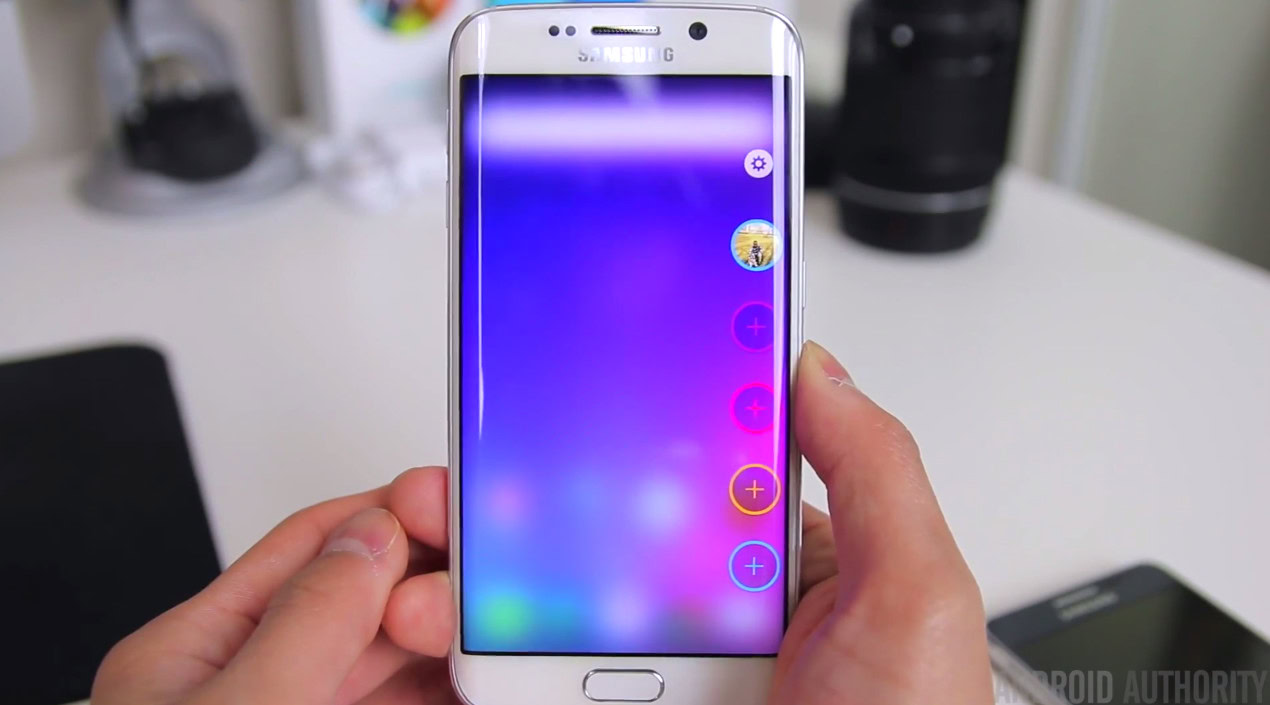
When it announced the S6 Edge, Samsung made a pronounced effort to introduce the favourite contacts as a key reason to buy the Galaxy S6 Edge and on paper, it certainly has an appeal; the premise is that you set up to five favourite contacts and when your phone is upside down, the screen will light up with the colour of that contact when they call or message you. On paper, it’s a very useful feature but in actual practice, it’s rare that I leave my phone upside down, mainly because doing so increases the chances of scratching that lovely display (which I’ve done a couple of times).
The Edge screen also has different available panels and if you’re someone who relies on your news or stock feeds, you’ll find the panels are really useful. As a social junkie, the Twitter panel definitely appealed to me but when I have activated it, I’ve found it only displays a few trending items and doesn’t scroll across the list as you might hope. For many months, I’ve been hoping for new additional panels but it seems that – at least for now – 3rd party developers have very little interest in the Edge Screen. With the rumoured Galaxy S6 Edge Plus set to launch in a few weeks and presumably additional curved display devices planned for the future however, there’s still plenty of time for this to change.
The Galaxy S6 Edge launched running Android 5.0.2 Lollipop and this bought its own inherent Android issues, primarily around RAM management. Promising fixes for a host of issues, the Korean manufacturer then delivered the Android 5.1.1 Lollipop and while this did fix a couple of things, it also impacted heavily on performance (more on that below) but a couple of software tweaks were a little strange.
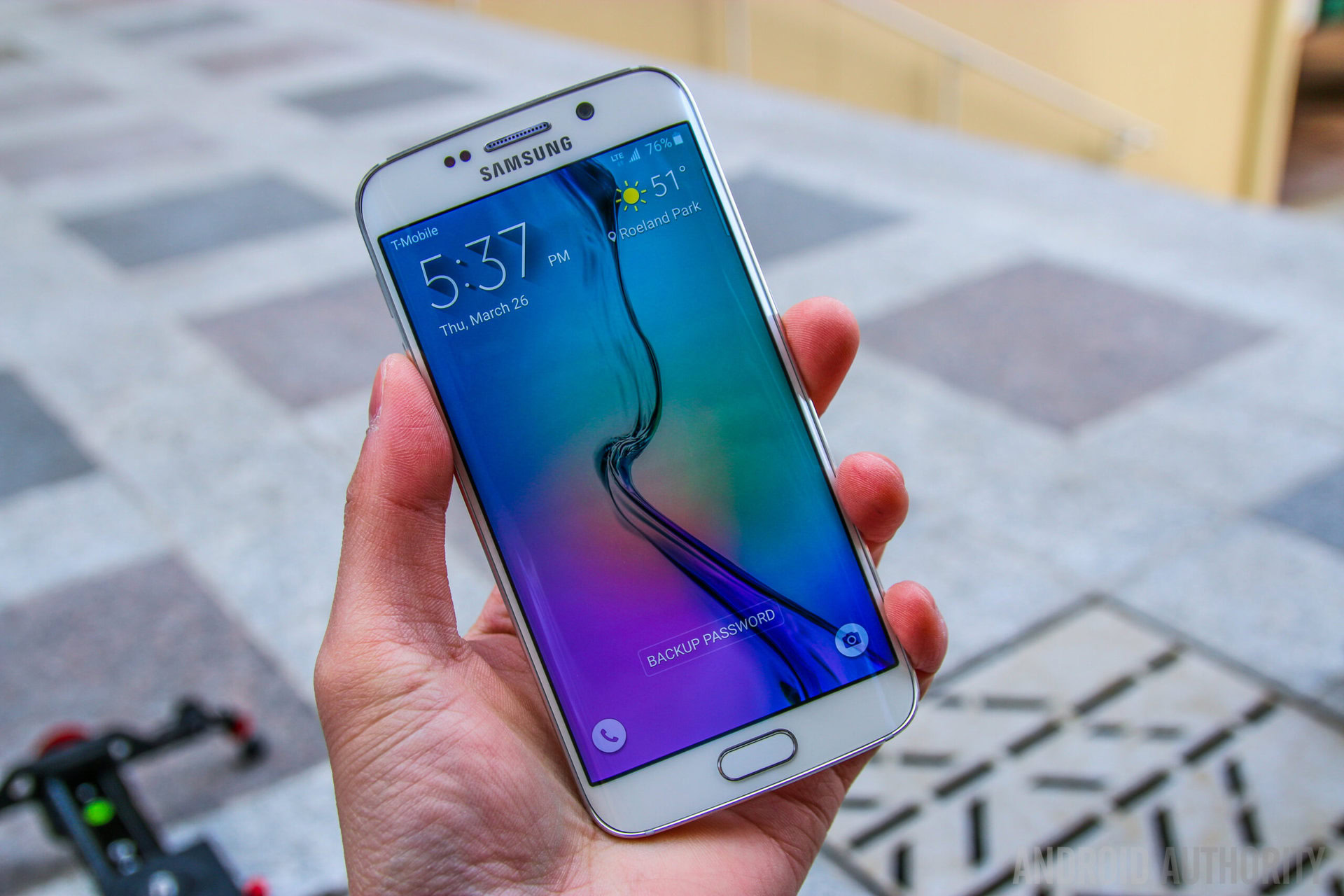
As an example, the update delivered the ability to sort the App drawer in alphabetical order, but by doing so, it removes any customisation to the app drawer and there’s no way to revert the change (other than redoing all the customisation).
Furthermore, when an app updates and you’ve added it to a folder in the app drawer, it removes it from that folder and adds it to the last screen while also deleting any shortcut you’ve saved on your home screen. Not unbearable but frustrating indeed.
Yes, the Galaxy S6 Edge software experience is positive on a whole – and unbelievable if you’ve used past Galaxy handsets that are full of bloatware – but on the flip side, there remain a few things that don’t quite make sense. In a bid to streamline the entire UX, Samsung went too far towards a simplified UI and its updates have done very little to fix the quirks that remain in the software.
Performance
The Galaxy S6 Edge is powered by some of the latest specs including an octa-core 64-bit Exynos 7420 processor with a Mali-T760MP8 GPU and 3GB RAM. On paper, the specs are fantastic and performance should match. For a while it did, but the Android 5.1.1 update changed this. Sadly, it changed for the worse.
As mentioned above, the latest update delivered a few fixes but also introduced a lot of issues, primarily in the performance and stability of the handset along with the battery life. The biggest difference between the Galaxy S6 Edge before and after the update is the stability and reliability of the handset; prior to the update, the handset was generally stable and rarely forced closed apps or rebooted. After the update, the list of performance issues is almost endless and some of these do make the experience very frustrating.
Clearly, the Android 5.1.1 Update did more bad than good
As an example of why Samsung should be concerned, a week ago I took a picture and went to show it to a couple of journalists I was with. Instead of just loading the picture, the handset became unresponsive, overheated and finally restarted once I gave up and put it in my pocket. After taking a couple of minutes to finish powering up, a trip to the gallery revealed that the handset never saved the image I’d just captured and this is a common issue I’ve found since the update.
Earlier I touched on the handset overheating and the Android 5.1.1 update made this worse, with the handset regularly overheating even when performing the most mundane tasks. Furthermore, the update also results in the handset becoming slow, sluggish and very unresponsive. Before the update, I could open an app or switch app within a second but since the update, there is often a large and very noticeable delay, even when trying to go back to the home screen.
The handset also randomly vibrates as if something has delivered a notification (even though nothing shows) and on the subject of notifications, I’ve found that a lot of notifications are delayed since the update. Even when using Google’s own apps, I’ve waited over 20-30 minutes for an email to come through even though it has come through on other Android devices (and before you ask, it’s not related to my internet connection).
The last key issue with the 5.1.1 update is the fingerprint sensor performance; before the update, it worked pretty much flawlessly for me but since the update, it’s hit and miss whether it recognises my fingerprint and the no match error message is becoming ever more frequent. When adding a new fingerprint, I’ve found that occasionally it doesn’t recognise that a finger has been placed on the reader and even wiping the home button (as the handset suggests) doesn’t improve this.
That being said, the Android 5.1.1 Update has delivered an interesting fix – since the update, the network antenna appears to be a lot stronger. As we covered in our Best for 4G testing, the Galaxy S6 Edge had issues with holding onto a connection and delivering fast speeds but the latest update improves the antenna strength, with coverage and reliability appearing to be a lot better.
Sadly, this is one positive in a swarm of negatives regarding the Android 5.1.1 update and given it took a while for the handset to gain 5.1.1, it’s possible we’ll be waiting a while for fixes.
Battery Life
While the unreliability and instability of the handset since the Android 5.1.1 update is partially manageable, the knock on effect on the battery life is certainly not. As we’ve covered, the handset regularly delivered 14 to 18 hours’ battery life with around 4 hours’ screen on time at launch but sadly, this is a thing of the past.
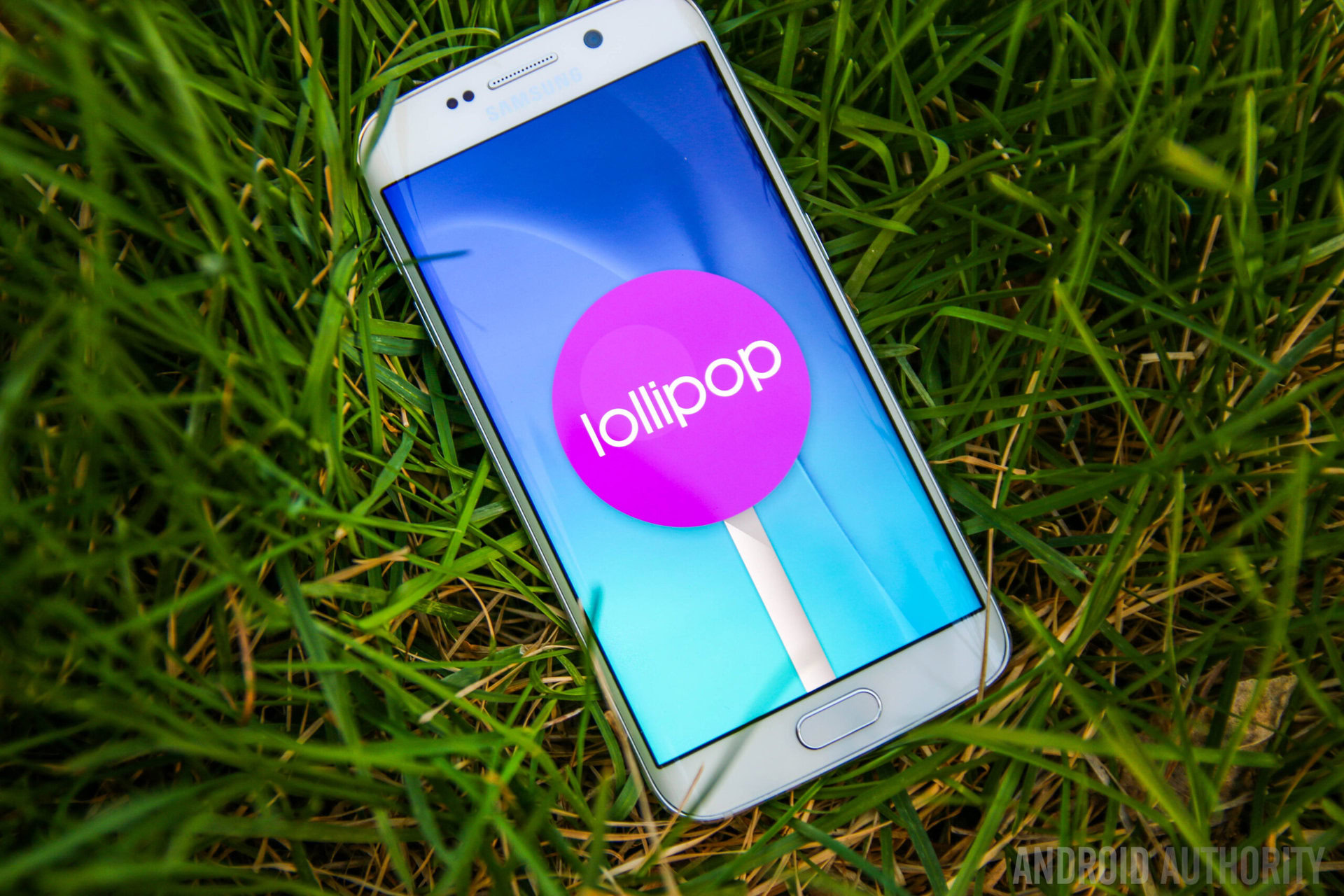
Believed to be delivering fixes and improvements in the battery life, the Android 5.1.1 update has introduced considerable battery drain; before the update the handset could usually handle around 10 to 12 hours of heavy usage including considerable usage of the camera but as I write this, I’ve now had to charge my phone twice since taking it off charge this morning. In just under 17 hours, it has drained to below 10 percent twice and when using it for a lot of camera shooting in Vienna, 70 percent of the battery was drained in just 2 hours and 57 minutes.
The lack of removable battery means this is actually a major problem for Samsung and looking at feedback on the update on social media, it’s clear that the issue is not local. In fact, I have seen many users report considerable battery drain since the update (including some rather prominent members of our own industry), which should definitely be a concern for Samsung.
Rather than rely on the battery holding out for a normal working day, I’ve had to resort to carrying a portable Quick Charge 2.0 battery pack to ensure I’ve got enough juice for a day, which is unlikely with the handset in its current state. The marked reduction in battery life is definitely a shame as anyone buying the handset with Android 5.1.1 Lollipop pre-installed will believe this to be an accurate reflection of the handset, which is definitely not the case.
Specifications
As a reminder, here’s a list of the key Galaxy S6 Edge specs:
| Display | 5.1-inch Super AMOLED 2560 x 1440 resolution, 577 ppi |
|---|---|
Processor | Exynos 7420 |
RAM | 3 GB |
Storage | 32/64/128 GB |
Camera | 16 MP rear camera with OIS 5 MP front-facing camera with 90 degree wide angle lens |
Connectivity | WiFi a/b/g/n/ac Bluetooth 4.1, NFC, GPS + GLONASS |
Networks | LTE cat 6 300/50 |
Battery | 2,600 mAh Fast charging WPC and PMA-compatible wireless charging |
Software | Android 5.0 Lollipop |
Dimensions | 142.1 x 70.1 x 7.0 mm 132 grams |
Colors | Black, white, gold, green |
Wrap up
Wrapping up, I was certainly very impressed with the Galaxy S6 Edge during my first month with the handset but a couple of months later, the handset has certainly lost some of its appeal. Yes, the handset looks fantastic and still stands out, but the software experience has definitely impacted my opinion of this handset. This should be a big concern for Samsung.
[related_videos title=”Samsung Galaxy S6/Edge vs” align=”left” type=”custom” videos=”629200,623586,614646,613020,605763,591297″]For Samsung, it’s certainly worrying especially as the Galaxy Note 5 and Galaxy S6 Edge Plus are both likely to launch next month running Android 5.1.1 Lollipop, and some of these issue may remain (although hopefully not). As part of the handset’s Q&A process, we’d hope that Samsung uncovers any software issues and resolve them before releasing new handsets on Android 5.1.1 Lollipop.
In order to ensure that a software issue does not impact on perception of what is otherwise a very good smartphone, Samsung needs to deliver a fix and promptly. At the moment, millions of customers use the Galaxy S6 Edge, but if it doesn’t fix the issues in the latest update, many of these customers may not use Samsung devices in the future.
As for me personally, my next step is to perform (another) hard reset of my Galaxy S6 Edge in the hope it fixes the issues. If it does, great. If it doesn’t, I’ll need to take a long look at what my next smartphone is. The Galaxy Note 5 will definitely appeal – the lack of S Pen means I probably won’t go for the S6 Edge Plus – but I may opt for another brand. I guess we’ll see!